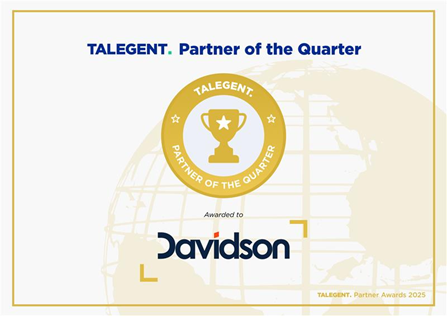Why the best EAs and PAs will always be needed
Remember that old children’s song The Wheels on the Bus ? We intuitively know the wheels only ‘go round and round’ if you have the right wheels on the bus – no matter how grand, impressive or technologically advanced the bus may be.
Now imagine the bus is your company. That would make those in C-suite the drivers and mechanics; clients and staff are your passengers.
Those responsible for making sure the wheels are turning as they should are, of course, the executive support team, the executive assistants (EAs) and personal assistants (PAs) – the mythological gatekeepers to the C-suite.
That is, if the bus has retained and looked after its wheels rather than hastily dispatching them as new technology makes grand promises of cost-efficiencies by doing the work for you.
While ‘digital disruption’ has resulted in both a fear and realisation that many jobs will be lost to automation – including notably jobs in manufacturing, administration and banking – we expect the role of executive support staff will change, but not completely replaced.
Historically, executive support staff had a clearly established set of skills which were relevant for their time – 100 words a minute shorthand, an ability to take dictation, the capacity to type at 70 words a minute and a willingness to act as a conduit/gatekeeper for their boss.
While the essence of the job remains unchanged – to assist their direct manager to concentrate on, and excel at, their job – the skills needed by today’s EAs and PAs is broader and more diverse than ever before as technology shifts the way the job is done and multi-skilling becomes essential. EAs need to show themselves as business partners.
As an experienced recruiter of 20 years in this space, my team and I are often tasked by leaders wanting us to find them EAs and PAs who can manage the tasks usually associated with the job while also having a solid handle on technological innovation around their role.
The skill-sets my clients are looking for in recruiting EAs and PAs now routinely include:
- Strong analytical skills
- Advanced technology skills – including new software
- Strong communication and interpersonal skills
- The ability to be organised in the face of chaos
- Working knowledge of cloud-based technologies
- Database management
- Event management
- Social media capabilities
- Critical thinking skills
- Strong decision-making skills
- Adaptable thinking
- Ability to manage staff
- Strong multi-tasking and prioritising skills
- Financial intelligence including cost savings
- Strategic planning capabilities
- Project Management experience
- Supporting key Executives and the broader teams
To remain competitive, relevant and best able to manage their tasks, it is incumbent upon EAs and PAs – and their managers – to enthusiastically pursue new knowledge, particularly around technological innovations.
Many EAs are future proofing themselves by upskilling in IT, Project Management, Communications, and WH&S courses adding further value to their executives.
What are you doing to upskill yourself or your EAs to keep those important wheels turning in the future workplace?
Debbie Davis is a General Manager (NSW) – Corporate at Davidson
Share this content





